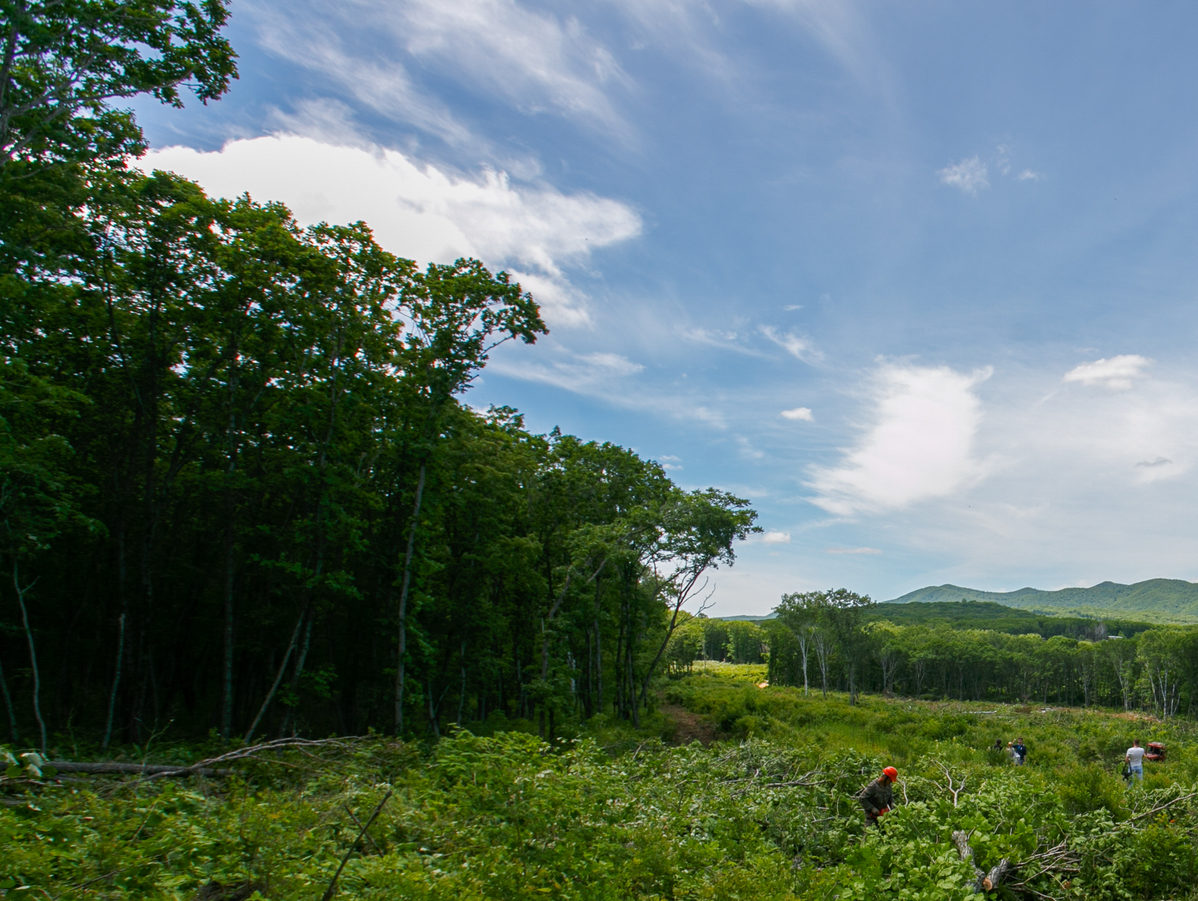
Managing vegetation and tree growth around power lines is an important responsibility that rests on the shoulders (and budgets) of utilities. It plays a critical role in fire hazard mitigation, and ensures the reliability of the grid, but it’s a costly process that can be greatly improved with modern, data-driven optimizations.
Historically, utilities have approached vegetation management using a cyclical, time-based approach—inspecting and trimming the areas around their lines on a 5 or 7 year cadence. This decades-old method requires a lot of boots on the ground, and has worked well enough, but a lack of meaningful data and computing power left utilities with few options for addressing inefficiencies in the process.
Now, thanks to advances in predictive data science, there are new opportunities to improve utilities’ vegetation management operations. After all, Thomas Edison’s grid served the industry well for over 100 years, but utilities are now improving it with advances in smart grid and distributed technology. The same idea can be applied to vegetation management—new developments in technology and data science warrant a reevaluation of existing processes to achieve operational efficiencies and cost savings.
Applying predictive data science to vegetation management
Utilities that are pursuing operational enhancements to their vegetation management process can benefit from seeking granularity at the transmission level. Data science companies like TROVE Predictive Data Science are helping utilities take things all the way down the polygon scale, a “view from above” representing individual trees mapped onto the grid, using LiDAR scans.
LiDAR generates an enormous amount of data, and it’s cheaper than putting boots on the ground to get a current-state assessment of the vegetation in an area, but it doesn’t help answer questions like “how do I change my process to adapt to this data?” unless you use predictive data science.
By applying methodologies from environmental science, forestry, statistics, and computer science and combining them with historical data on outage records, asset types, maintenance and inspection records—and the LiDAR data—TROVE can run it through artificial intelligence (AI) models to calculate a vegetation risk score. Utilities then use that risk score to identify areas to focus on and improve operating efficiency, resulting in reduced operating costs while maintaining reliability.
The resulting datasets and risk scores can also be plugged into scenario planning models to help budget planners forecast the effects of things like spraying a certain herbicide, or deferring the removal of hazard trees in certain areas—true “what if” scenario evaluations.
Analyzing tree growth at the distribution level
Not all utilities are taking their analysis all the way down to the polygon level. Some are using predictive data science to calculate risk scores on the distribution side at the grid level. There are benefits to focusing on the broader distribution scale, as you can take a territory and break it into quarter-mile squares, and assign risk scores to each square. This allow the risk to be granular and precise without being thrown off by some of the natural noise that occurs in the data.
But the distribution side also presents a whole different problem: you’re dealing with ten times as many line miles, outages that happen at a much more frequent basis, and you don’t always know exactly where they happen. You might know they happened downstream of a particular device because that device saw an outage, but you don’t know what span it happened on. It’s not analyzing vegetation on an individual tree level but at the grid-level, at a feeder-level
Learn about advanced vegetation management at the Utility Analytics Summit
Utilities that look beyond the traditional process and leverage advances in data science can capture significant value. By applying data-driven prioritization to risk across vegetation management operations, they can set themselves up to address inefficiencies and cut costs while improving reliability.
Learn more about how utilities are changing the vegetation management process using advanced analytics by attending the virtual breakout session Advanced Vegetation Management at Duke Energy and Exelon Utilities, June 10, 2020, from 3:00-4:00pm (EDT) at the Utility Analytics Summit Reimagined.
Author bio/info: Matt Burks oversees new product development, strategic partnerships, and corporate strategy for E Source. He is an industry thought leader in the rapidly evolving electric and gas utility sectors, with a vision for innovating energy-related products and services. E Source acquired TROVE earlier this year as part of a continued effort to create a broad portfolio of customer-first and technology-driven solutions to help utilities effectively manage the customer and infrastructure side of their business.















